Restaurant GPT-restaurant analytics AI platform
AI-Powered Insights for Smarter Restaurants
What menu updates would you recommend in 2024?
What do customer reviews suggest?
Can you create a training guide for my staff?
Whats the best way to manage reservations?
Related Tools
Load More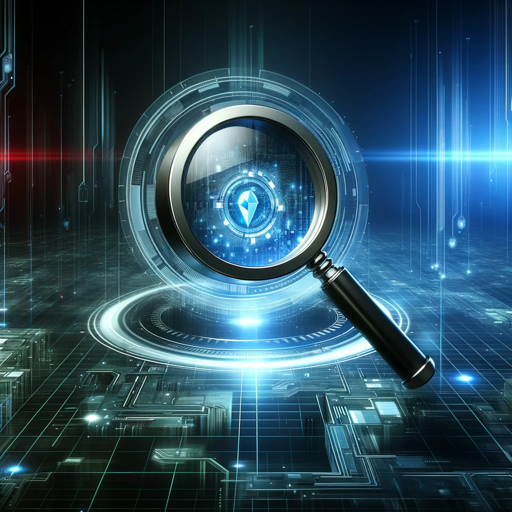
GPT Store Finder
I recommend custom GPTs from GPT Store based on your needs.

Restaurant Finder
Expert local dining guide with a focus on location-specific recommendations.

Drinks GPT
Your AI drinks assistant. Uses the collective wisdom of the Picks tasting community to provide personalized recommendations. Like a sommelier, but for all things drinks, including wine, spirits, and cocktails, with subcategories like whiskey, rum, scotch,
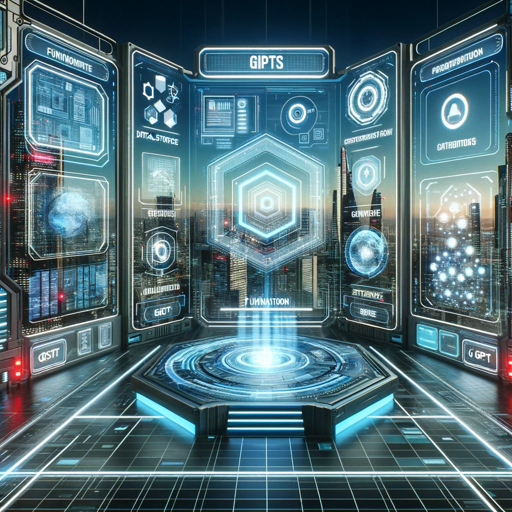
GPTs 商店检索
根据您的需求为您推荐各种需要的GPTs,说出你的需求吧!

Restaurant Menu Creator
Your creative partner for designing captivating restaurant menus.

GPT Selector
Expert in suggesting GPTs based on categories.
20.0 / 5 (200 votes)
Introduction to Restaurant GPT
Restaurant GPT is designed to serve as a specialized AI tool that assists restaurant owners, managers, and industry professionals in making data-driven decisions to optimize operations, enhance customer experiences, and drive profitability. By leveraging advanced data analytics, machine learning, and natural language processing, Restaurant GPT can analyze vast amounts of data, including sales figures, customer reviews, and market trends, to provide actionable insights. For example, a restaurant owner could use Restaurant GPT to identify which menu items are most profitable, understand customer sentiment from online reviews, or forecast sales based on seasonal trends. This tool is particularly valuable in scenarios where decision-making is complex and requires the integration of multiple data sources.

Main Functions of Restaurant GPT
Sales and Profitability Analysis
Example
Restaurant GPT can analyze sales data to identify which menu items are driving the most revenue and which are underperforming. For instance, a restaurant might discover that a particular dish has a high margin but low sales, leading to targeted promotions or adjustments in the menu.
Scenario
A restaurant manager uses Restaurant GPT to review monthly sales data and notices that their most popular dish is not as profitable as it could be. By tweaking the recipe to reduce costs while maintaining quality, they increase the profit margin without impacting customer satisfaction.
Customer Sentiment Analysis
Example
By analyzing customer reviews from platforms like Yelp or TripAdvisor, Restaurant GPT can assess overall customer sentiment and identify common themes, such as complaints about service speed or praise for specific dishes.
Scenario
A restaurant chain analyzes online reviews using Restaurant GPT and discovers that customers frequently mention slow service during peak hours. The management team uses this insight to adjust staffing levels, improving service speed and customer satisfaction.
Menu Engineering
Example
Restaurant GPT can recommend menu changes based on trends and customer preferences, helping to design a menu that maximizes appeal and profitability. For instance, the tool might suggest introducing globally inspired dishes that are trending locally.
Scenario
After reviewing the latest culinary trends and customer feedback, a restaurant owner decides to introduce a new line of Southeast Asian-inspired dishes, as recommended by Restaurant GPT. This attracts a new customer segment and boosts overall sales.
Ideal Users of Restaurant GPT
Restaurant Owners and Managers
These users benefit from Restaurant GPT's ability to streamline operations, improve menu offerings, and enhance customer satisfaction. The tool provides actionable insights that help in making informed decisions, such as adjusting pricing strategies or optimizing staff schedules to match customer demand.
Marketing Teams in Food Service
Marketing professionals in the restaurant industry can use Restaurant GPT to better understand customer preferences and behavior. By analyzing data from customer reviews and sales, they can craft targeted marketing campaigns that resonate with the audience and drive traffic to the restaurant.

How to use Restaurant GPT
Visit aichatonline.org
Start by visiting aichatonline.org for a free trial without login requirements, and no need for ChatGPT Plus.
Select restaurant use case
Once on the site, choose the specific use case for your restaurant, whether it's sales trend analysis, customer review insights, or menu optimization.
Input data
Upload relevant restaurant data such as sales reports, customer reviews, or menu details. Ensure the data is clean and structured for optimal analysis.
Analyze results
Let the system process the data and provide actionable insights such as trends, key performance metrics, and menu recommendations.
Implement insights
Use the insights provided by Restaurant GPT to adjust your marketing, pricing, or menu strategy to boost profitability and customer satisfaction.
Try other advanced and practical GPTs
時間管理助手
AI-powered efficiency for your goals.

FallacyGPT
AI-powered logical fallacy detector
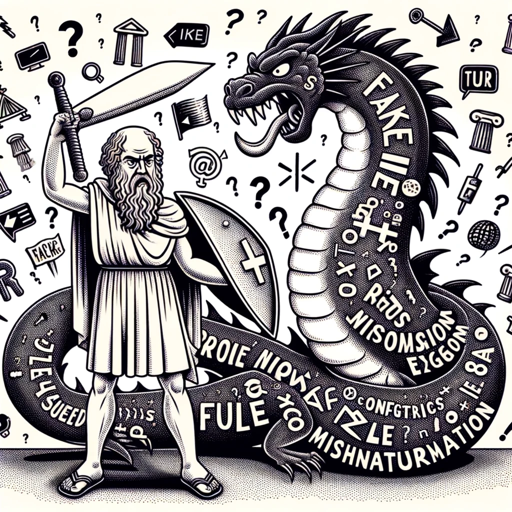
What Would Apple Do?
AI-Powered Design Feedback Tool
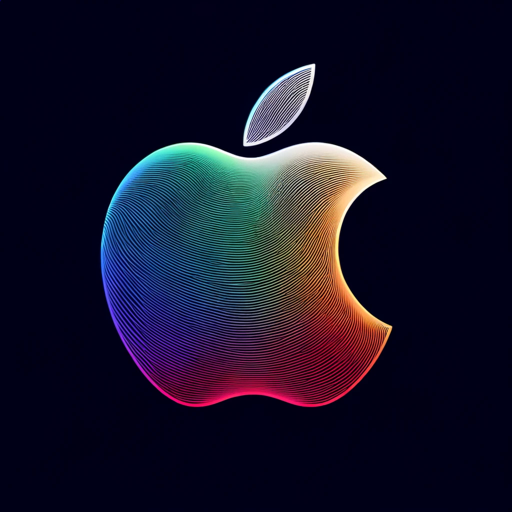
金童门
AI-powered comprehensive Q&A tool.

Linux Code Helper
AI-powered solutions for Linux coding.

AI Logo Maker
AI-powered simplicity for stunning logos

Startup Name Generator
AI-powered tool for unique startup names

あんはるのアイコンジェネレーター
AI-powered custom icon creation

杠精GPT
AI-driven contrarian insights for sharper debates.

ETF拯救世界
AI-powered ETF strategy and optimization.
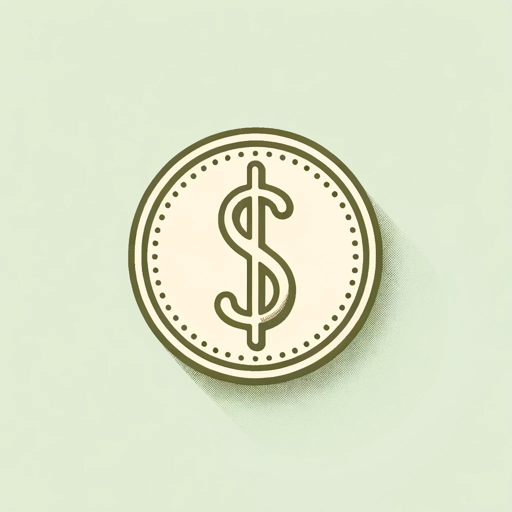
GPT Store
Unlock the Power of AI for Any Task

PromptGPT
AI-powered prompt crafting for endless creativity.

- Sales Trends
- Data Forecasting
- Menu Analysis
- Profit Optimization
- Customer Reviews
Q&A About Restaurant GPT
What can Restaurant GPT do for my restaurant?
Restaurant GPT analyzes sales trends, customer reviews, and market data to help you optimize your menu, predict customer behavior, and boost profitability.
How does Restaurant GPT handle customer feedback?
It uses sentiment analysis on customer reviews from platforms like TripAdvisor or Yelp to gauge satisfaction and predict how reviews affect restaurant performance.
Can I use Restaurant GPT for menu engineering?
Yes. Restaurant GPT identifies which dishes are performing well, suggests pricing strategies, and highlights trending ingredients to keep your menu competitive.
What data is required for Restaurant GPT to work?
It works best with data such as sales reports, customer reviews, and menu details. Additional factors like seasonal trends or local demographics can improve accuracy.
How does Restaurant GPT integrate with existing restaurant systems?
Restaurant GPT can work with your point-of-sale (POS) and review platforms, as well as accept data imports via CSV, making integration with existing systems seamless.